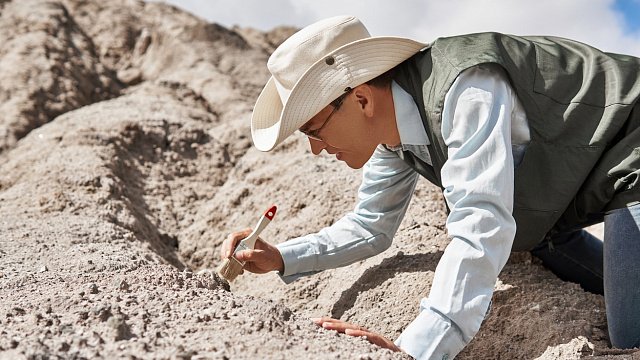06.03.25
13:30
Discovery of 2,000-year-old China houses reveals rare insights into ancient architecture
Excavations revealed two key architectural foundations spanning roughly 1,300 square metres
China archaeologists in Shaoxing, Zhejiang Province, have uncovered exceptionally well-preserved wooden houses dating back over 2,000 years to the 475BC-221BC period.
This discovery offers valuable information on construction techniques, structural designs, and the daily lives of people living on the outskirts of the Yue State capital, as reported by
Global Times, a partner of TV BRICS.
During an initial survey, researchers identified ancient river channels, wells, and other buried relics. Radiocarbon dating has confirmed that the structural remains originate from around 400 BC, with thatched roofing remnants indicating the dwellings were built approximately 2,390 years ago.
Excavations revealed two key architectural foundations spanning roughly 1,300 square metres.
One structure consists of stilted, terraced wooden houses with walls made from interwoven wooden posts and thatch, bound together with grass ropes. The second foundation features wooden piles arranged in ten parallel rows, reinforced with horizontal beams and bark layers, suggesting another stilted structure.
Experts noted that although the terraced houses are simpler than structures found in the city, they reflect an architectural style adapted to the coastal environment.
As further excavations continue, researchers aim to gain deeper insights into life in this ancient settlement, the source claims.
Photo:
iStock
Back

